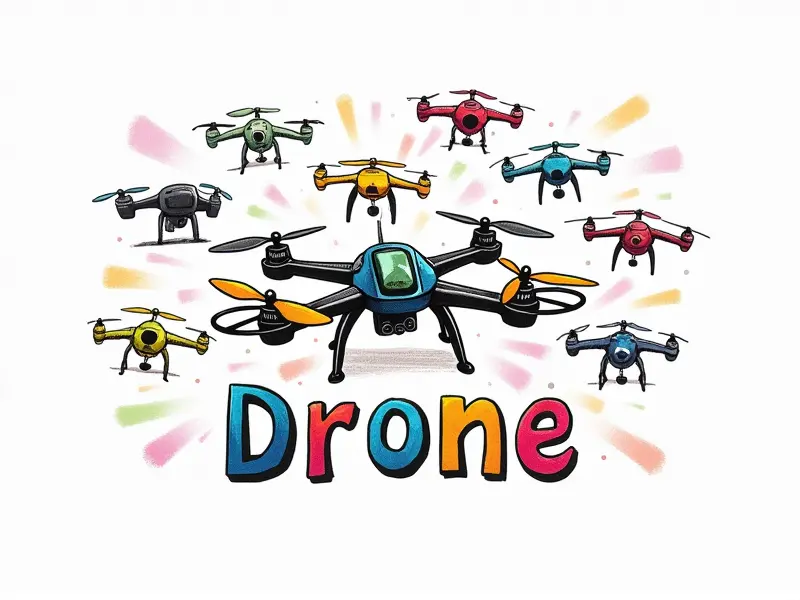Are RC planes affected by wind?

Radio-controlled (RC) planes are a popular hobby for enthusiasts around the world. However, flying these aircraft comes with its challenges, particularly when it comes to dealing with wind conditions. Understanding how wind affects RC plane flight is crucial for pilots aiming to enhance their skills and ensure safe flights.
How Wind Affects RC Plane Flight
The impact of wind on RC planes can be significant. Wind influences the stability, control, and performance of these aircraft in various ways:
- Stability: Strong winds can cause instability, making it harder to maintain a steady flight path.
- Control: Pilots must adjust their input to compensate for wind gusts and directional changes.
- Performance: Wind can affect the speed and range of RC planes, impacting overall performance.
Navigating Winds with RC Planes
Flying an RC plane in windy conditions requires careful planning and skillful navigation. Pilots must anticipate wind direction and strength to maintain control over their aircraft:
- Pre-flight Checks: Ensure your RC plane is properly balanced and tuned before taking off.
- Wind Direction: Determine the prevailing wind direction using a weather app or visual cues.
- Adjustments: Make necessary adjustments to control surfaces, such as rudder and elevator trim settings.
RC Plane Performance in Windy Conditions
The performance of RC planes can vary significantly depending on the wind conditions. Here are some key points to consider:
- Speed: Planes may appear slower or faster due to headwinds and tailwinds.
- Rang: Wind can affect the range of your RC plane, limiting flight distance.
- Landing: Strong winds can make landing more challenging, requiring precise control.
Flying RC Planes Against the Wind
Flying against the wind offers several advantages but also presents unique challenges:
- Better Visibility: Flying into the wind provides better visibility and a more stable flight path.
- Control Challenges: Pilots must exert more effort to maintain control, especially during takeoff and landing.
Tips for RC Pilots in Wind
To successfully navigate windy conditions, here are some essential tips:
- Practice Slow Flight: Mastering slow flight techniques can help maintain control at lower speeds.
- Use Trim Settings: Adjust trim settings to compensate for wind-induced drift and yaw.
- Pick the Right Time: Fly during times when winds are less gusty, such as early morning or late evening.
RC Plane Maneuverability in Strong Winds
In strong winds, maneuvering an RC plane requires a high degree of skill and precision. Here’s how to handle it:
- Stealth Turns: Perform gradual turns to avoid sudden changes that could destabilize the aircraft.
- Patience is Key: Be patient and allow for extra time during maneuvers, especially when landing.
Understanding Wind's Effect on RC Flight
To effectively manage wind conditions, it’s important to understand how different types of wind affect your RC plane:
- Crosswinds: Crosswinds can cause the aircraft to drift off course. Adjust control inputs accordingly.
- Tailwinds: Tailwinds increase ground speed, making it easier to cover distance but harder to slow down.
Wind Challenges for RC Pilots
Flying in windy conditions presents several challenges that pilots must overcome:
- Drift: Wind can cause the plane to drift off course, requiring constant correction.
- Landing Difficulties: Strong winds can make landing more challenging and increase the risk of accidents.
Managing Wind Effects on RC Planes
To manage wind effects effectively, consider these strategies:
- Weight Distribution: Adjust weight distribution to improve stability in windy conditions.
- Flight Planning: Choose flight paths that minimize exposure to strong winds.
RC Plane Stability in Strong Winds
Maintaining stability in strong winds is crucial for safe and enjoyable flying. Here are some tips:
- Balanced Design: Ensure your RC plane has a balanced design to improve stability.
- Weight Adjustment: Add ballast or adjust weight distribution to counteract wind-induced instability.
Overcoming Wind with RC Planes
To overcome the challenges posed by wind, pilots can employ various techniques and equipment:
- Wind Socks: Use wind socks or flags to determine wind direction accurately.
- Advanced Control Systems: Utilize advanced control systems that offer better stability in windy conditions.
Conclusion
Flying RC planes in windy conditions requires a combination of skill, preparation, and understanding. By mastering the techniques outlined above, pilots can enhance their ability to navigate wind challenges and enjoy safe, enjoyable flights even in less-than-ideal weather conditions.

